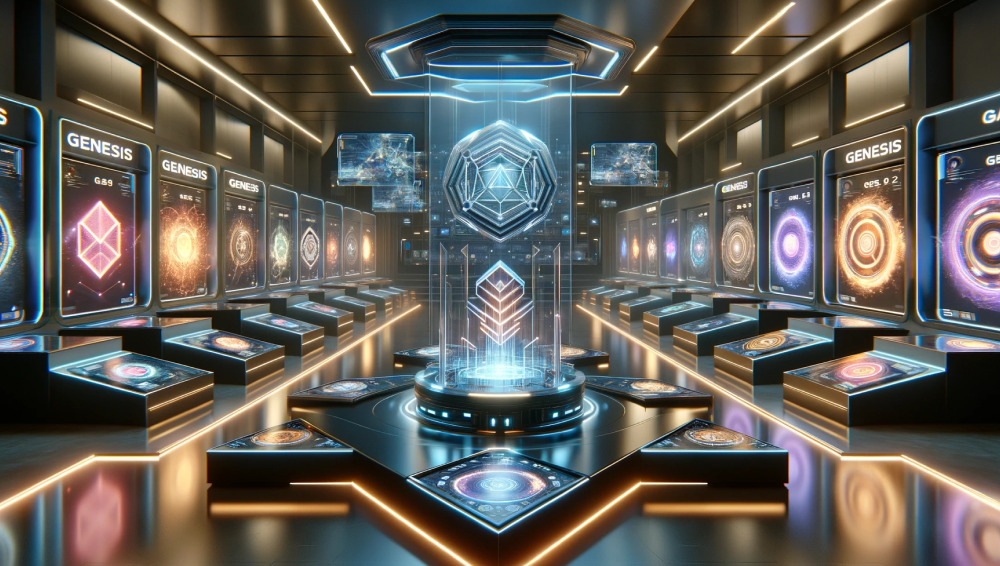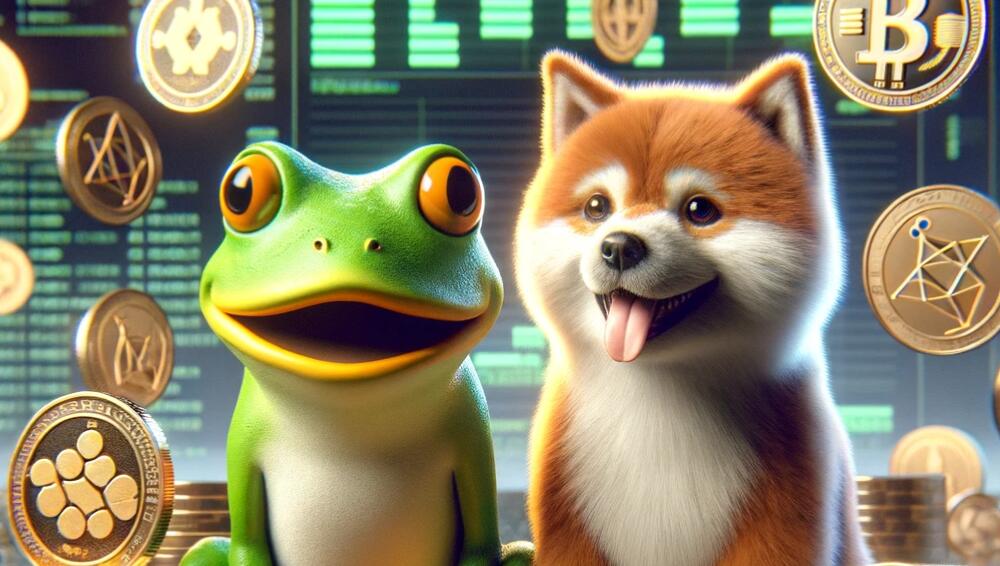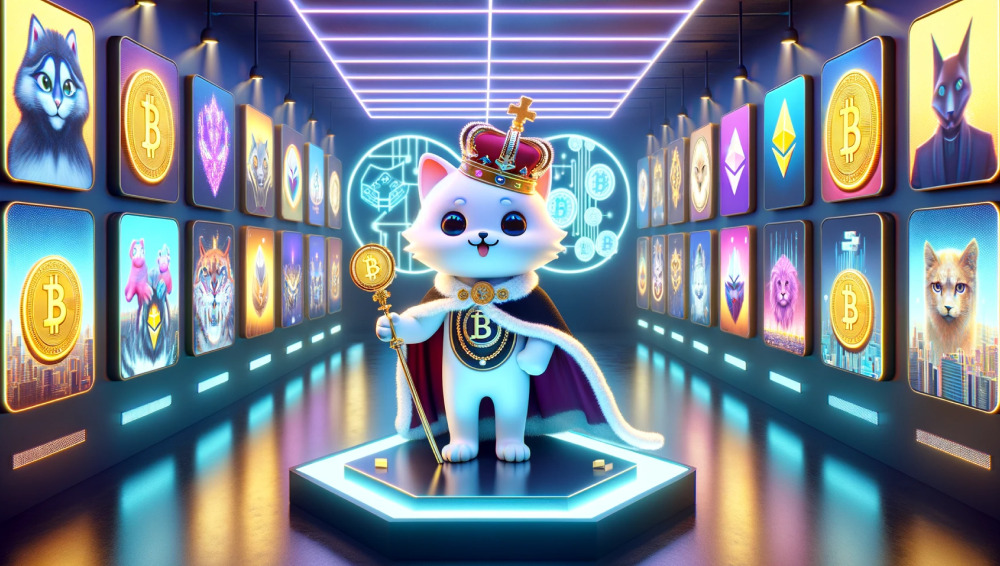A revolution in digital art and collectibles has been brought about by non-fungible tokens (NFTs). However, the world of NFTs still has a lot of unexplored territory, particularly in the context of Bitcoin.
As a decentralized, peer-to-peer currency, Bitcoin is known for its revolutionary technology. Despite this, many people do not realize that Bitcoin is also capable of revolutionizing the world of NFTs.
Related: From Prediction to Reality: How Will Bitcoin Win in 2023?

One such unexplored frontier in the world of Bitcoin and NFTs is the concept of Bitcoin Ordinals. The Bitcoin Ordinal is an identifier that distinguishes one Bitcoin block from another. In the Bitcoin blockchain, this identifier can be represented as an NFT, enabling the creation of unique, collectible digital assets.
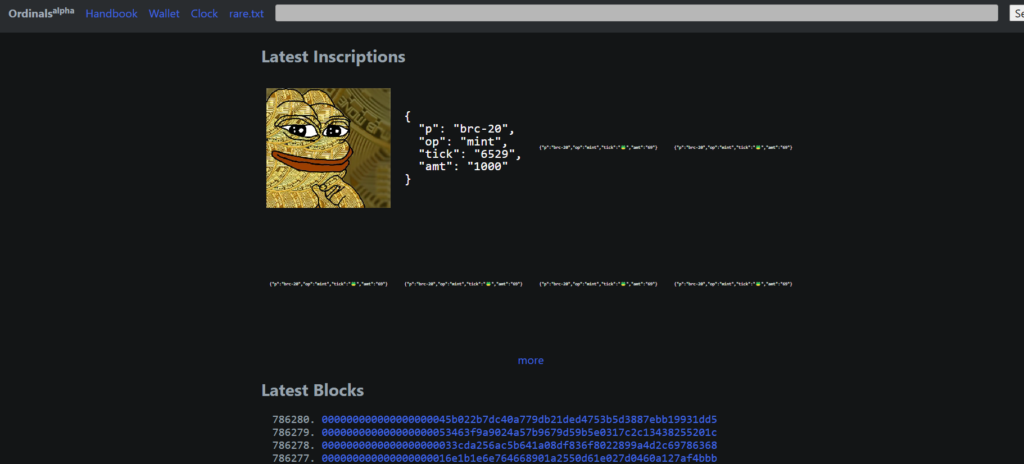
It is possible to use Bitcoin Ordinals as NFTs in a variety of ways. It can be used as a sign of ownership over a particular block in the Bitcoin blockchain, or to commemorate an important event in Bitcoin’s history, such as Satoshi Nakamoto’s first block. In addition to providing evidence of the date and time of creation or transfer, they could also be used to authenticate digital assets.
In order to create a Bitcoin Ordinals NFT, one must extract the relevant data from a specific block in the Bitcoin blockchain, such as the block hash, timestamp, and block height. An NFT on a blockchain like Ethereum could be generated based on this data to create a unique identifier.
Despite the fact that Bitcoin Ordinals are still in their infancy, there is already interest in this new frontier. Blockstream Amp, a project aiming to create a platform for creating and trading Bitcoin ordinal NFTs, has already been launched.
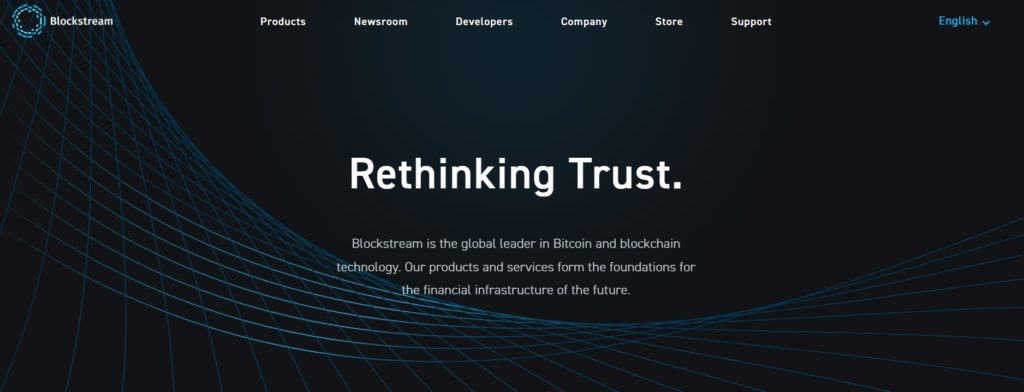
Challenges
NFTs as Bitcoin Ordinals, however, are not without challenges. Among these challenges is the fact that the Bitcoin blockchain is constantly evolving, which means that data associated with any given block may change over time. NFTs created from that data could potentially be invalidated as a result.
There is also the challenge that Bitcoin Ordinals do not have intrinsic value by themselves. A NFT’s value would be derived from its association with a specific block in the Bitcoin blockchain. This means that Bitcoin ordinal NFT success will depend on the interest and demand for specific Bitcoin blocks.

Pros and Cons
The Ordinals project has created another use case for the Bitcoin network that goes beyond simple value transfers. As a result of its fundamental issue, the Ordinals protocol has sparked controversy within the Bitcoin community. Some believe that Bitcoin should maintain its relative simplicity in terms of its limitations to storing and transferring value. Some people, however, believe Bitcoin should evolve to include new features and applications.
Inscribed satoshis compete with regular Bitcoin transactions for block space, increasing network fees. While this has caused some controversy in the Bitcoin community, some Ordinals supporters believe that fees are a vital incentive for miners to secure the blockchain. As block rewards decline over time, network fees will become the main reason to commit hash power to Bitcoin. Despite its controversial nature, the project certainly brought innovation to the Bitcoin world.
Conclusion
The future of NFTs may be revolutionized by Bitcoin ordinals, offering a new frontier for unique, collectible digital assets. In the world of blockchains and NFTs, there are also challenges that need to be overcome, and how this new frontier will fare remains to be seen.
Disclaimer: This article is provided for informational purposes only. It is not offered or intended to be used as legal, tax, investment, financial, or other advice.



